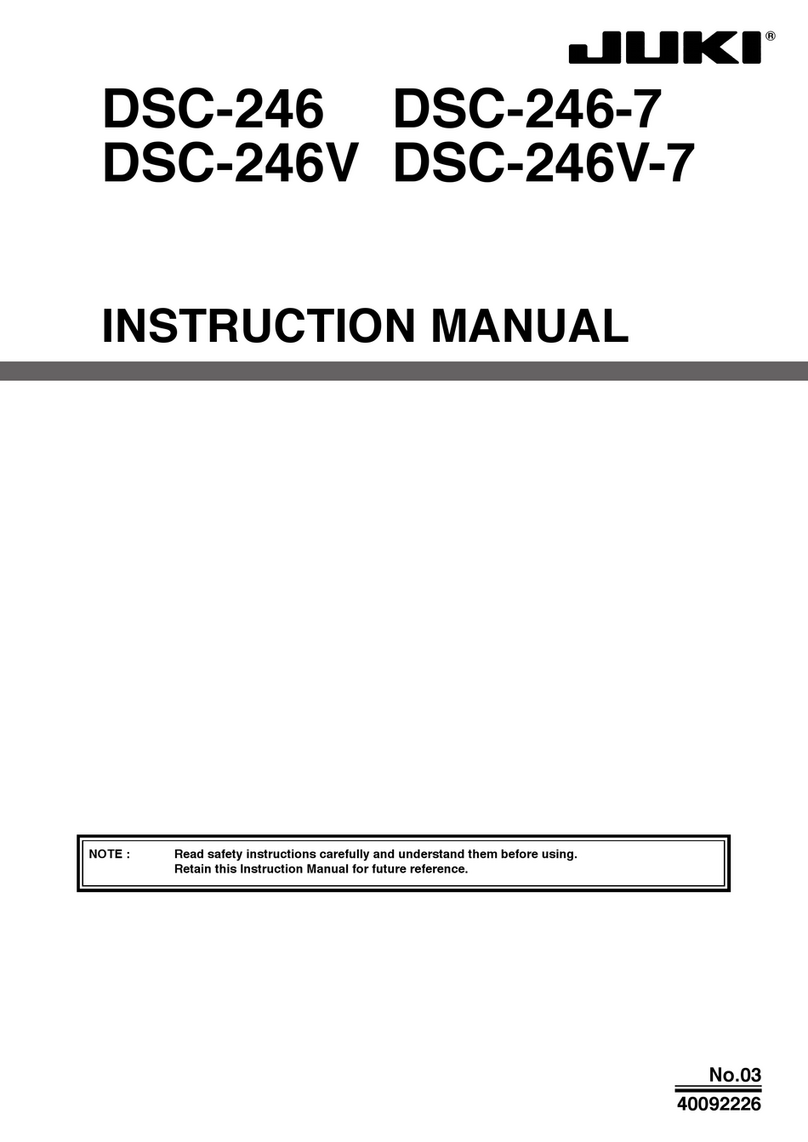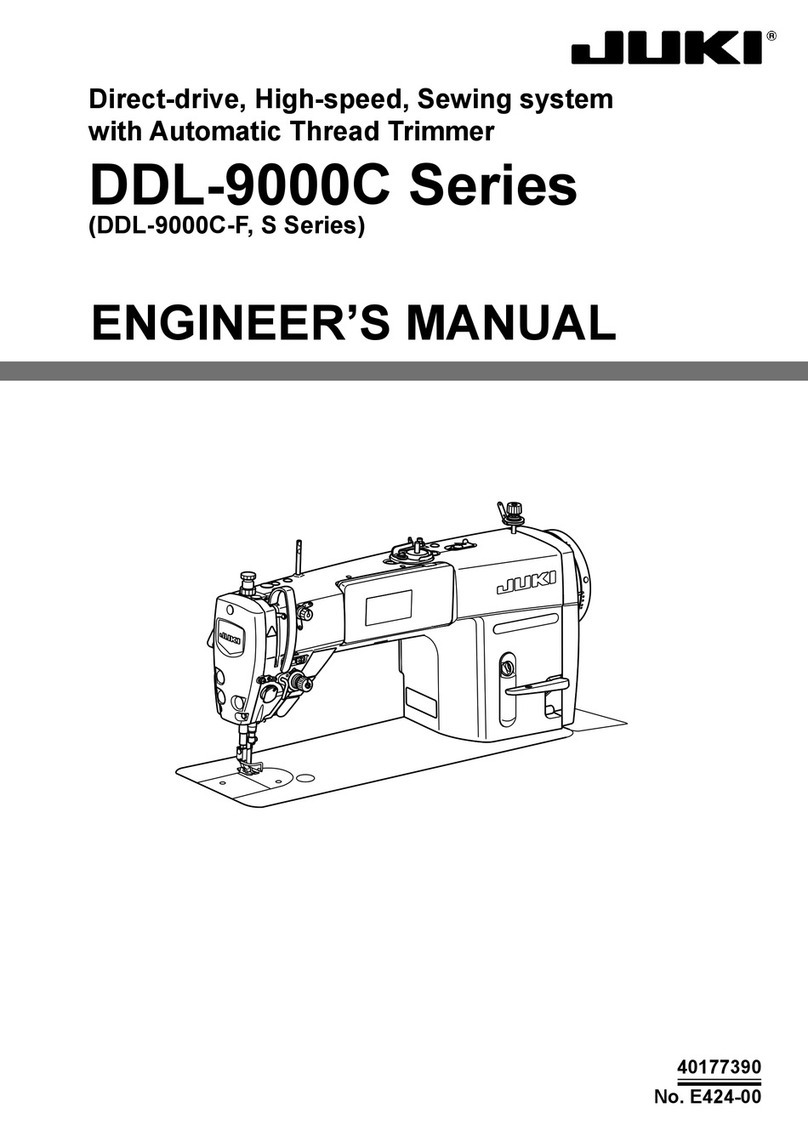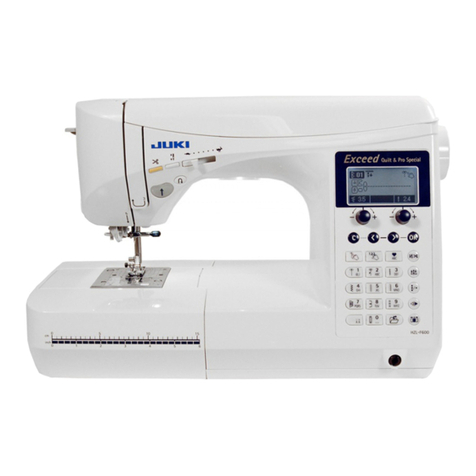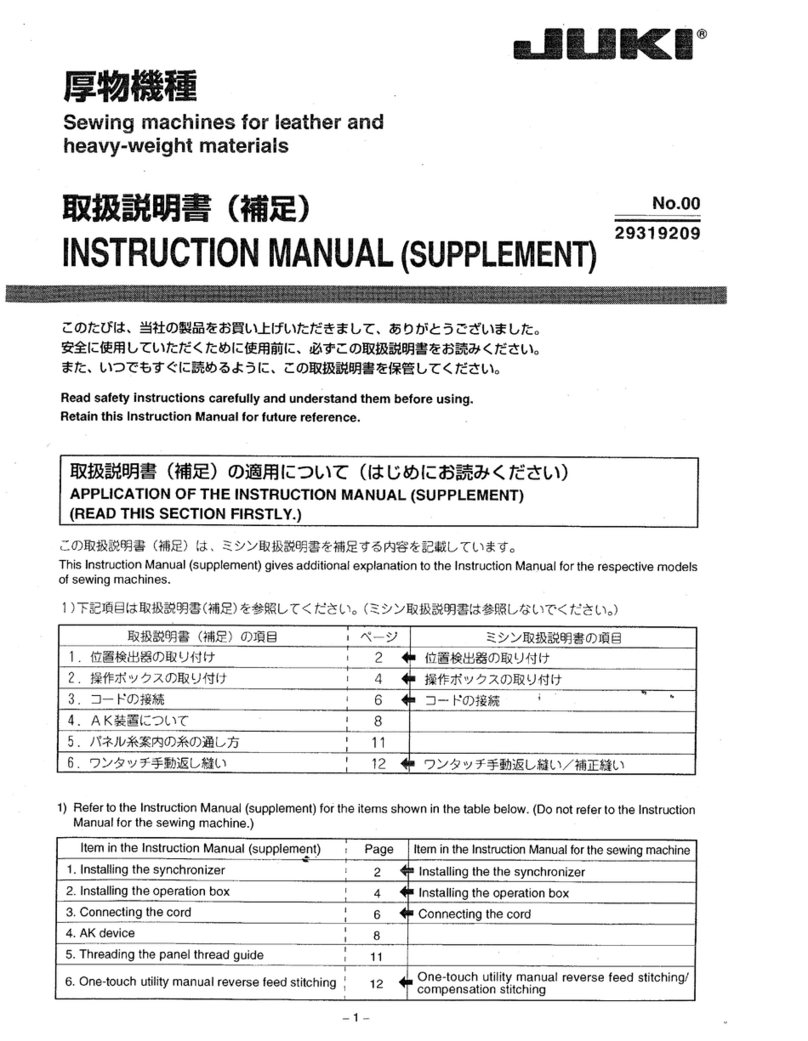JUKI HZL-25Z User manual
Other JUKI Sewing Machine manuals
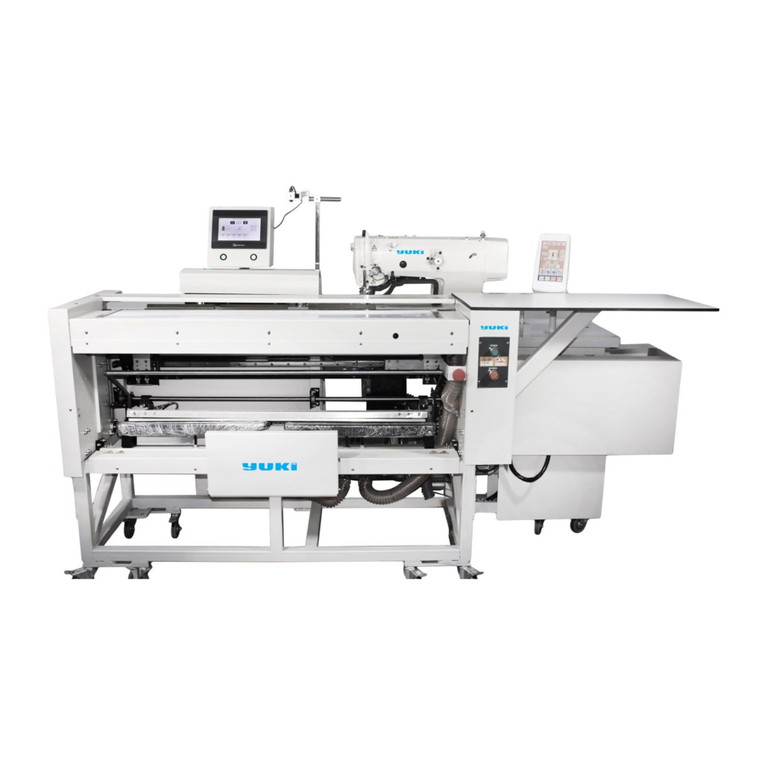
JUKI
JUKI AC-172N-1790AN User manual
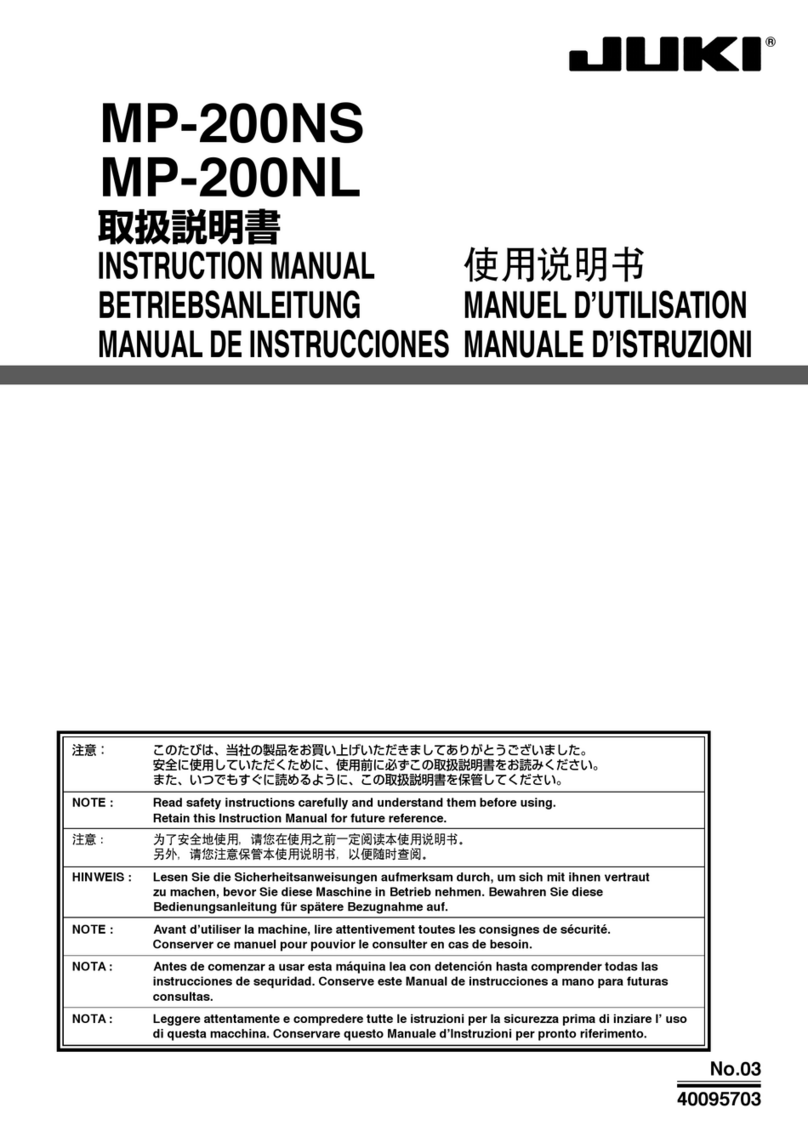
JUKI
JUKI MP-200NS User manual
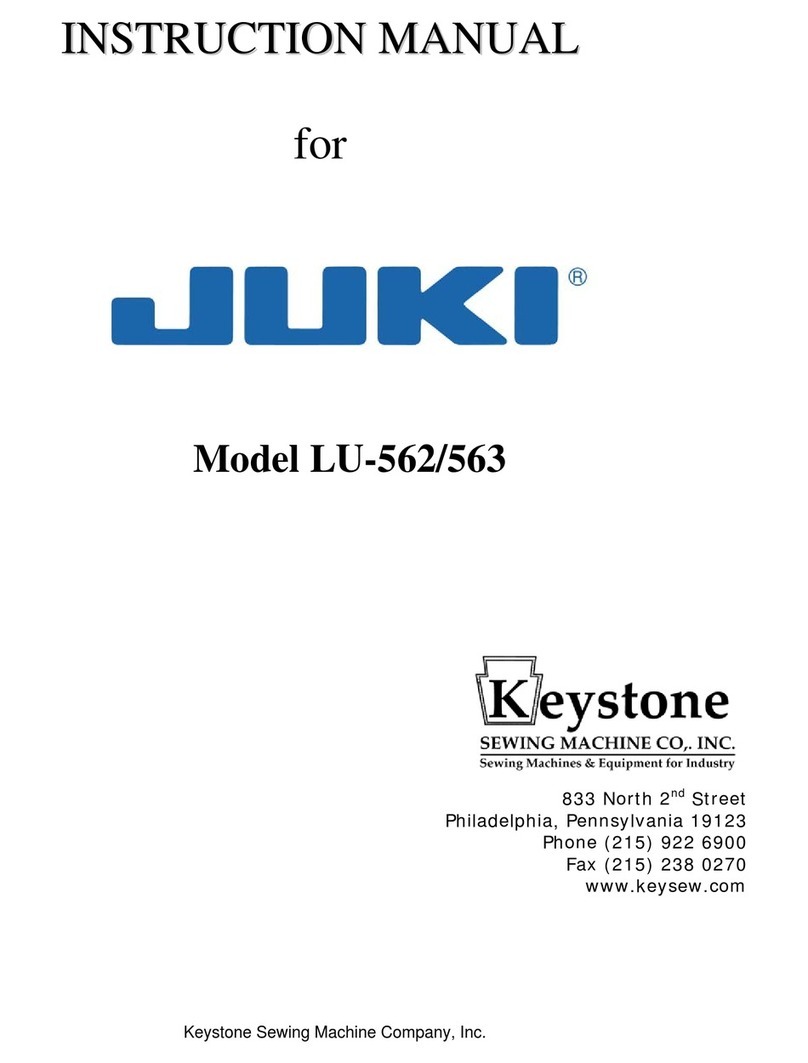
JUKI
JUKI LU-562 User manual
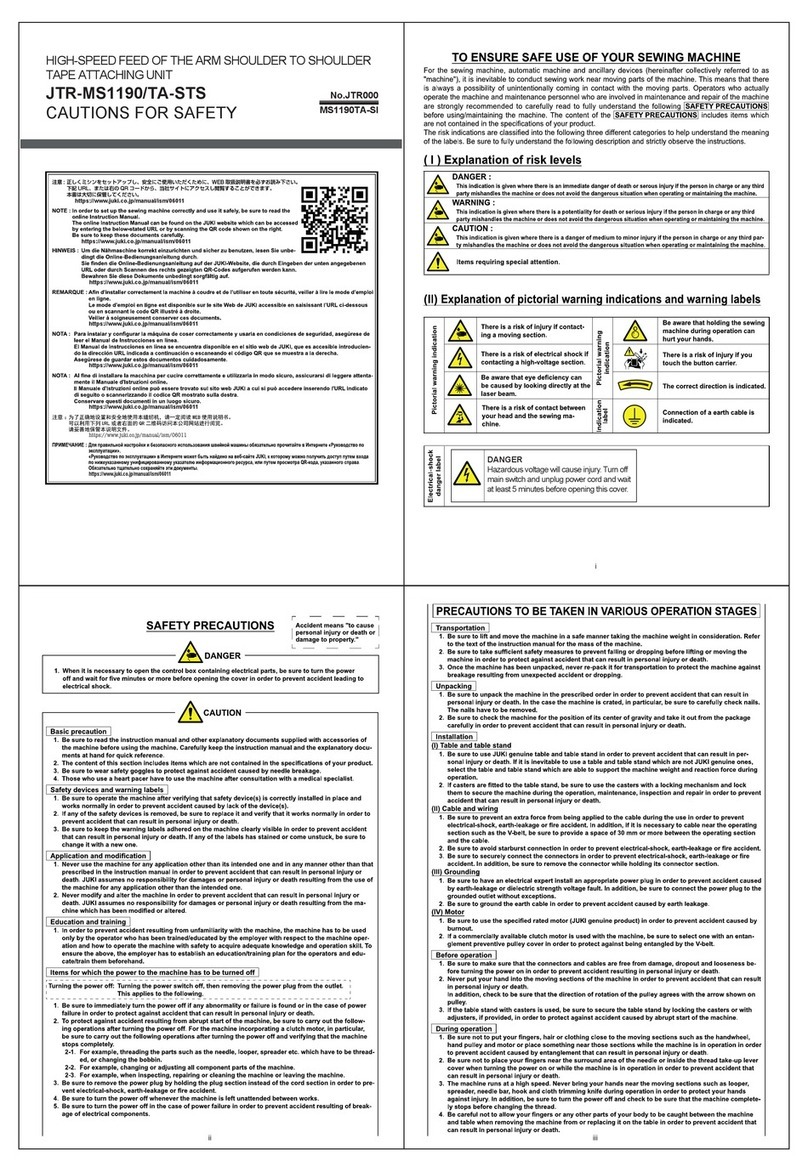
JUKI
JUKI JTR-MS1190/TA-STS User manual

JUKI
JUKI MF-7900 Series User manual
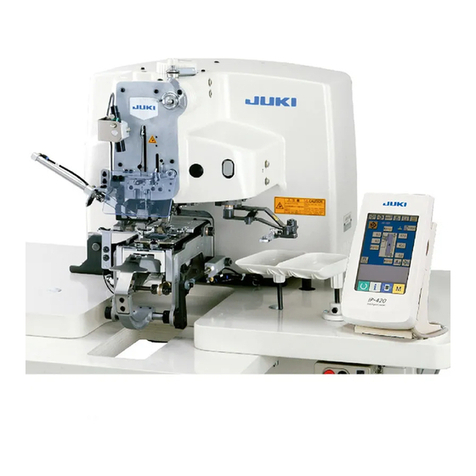
JUKI
JUKI AMB-289 Quick start guide

JUKI
JUKI LK-1930 User manual
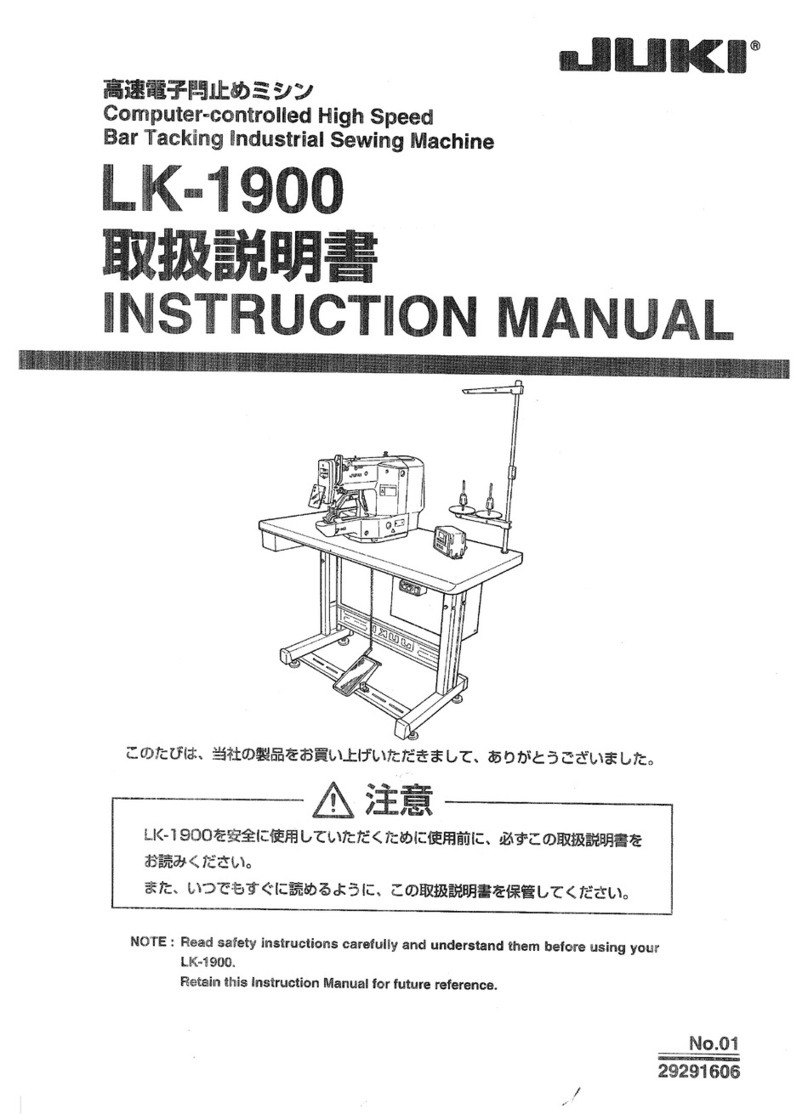
JUKI
JUKI LK-1900 User manual
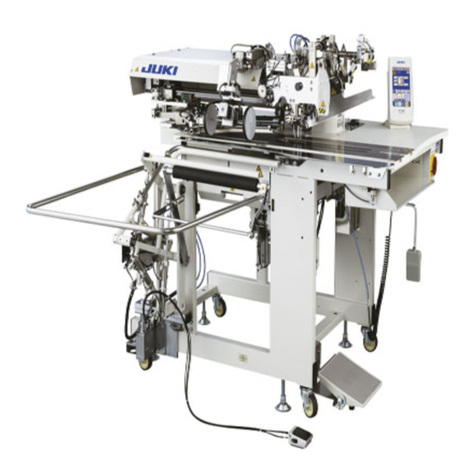
JUKI
JUKI APW-896/IP-420 User manual
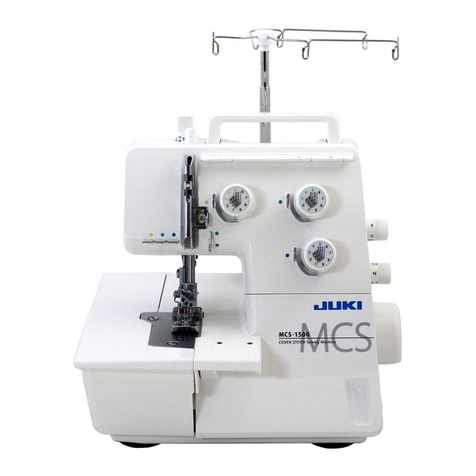
JUKI
JUKI MCS-1500 User manual
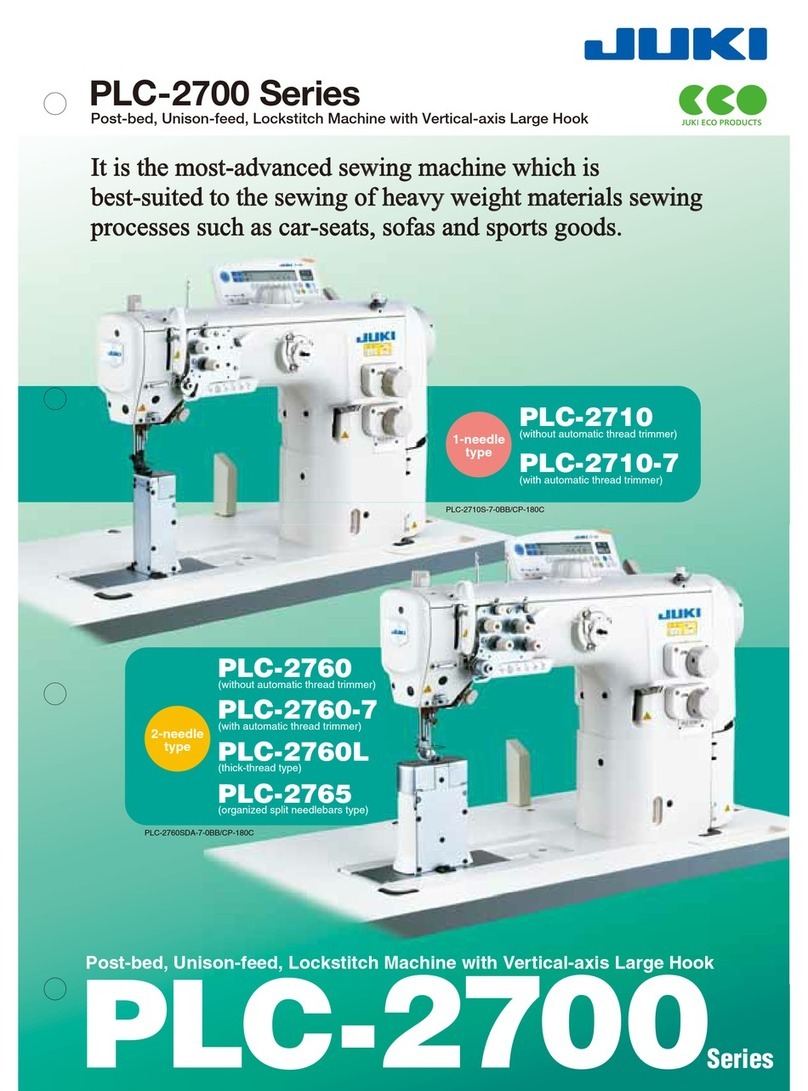
JUKI
JUKI PLC-2700 Series User manual

JUKI
JUKI DLU-5490N User manual

JUKI
JUKI LBH-1795A User manual
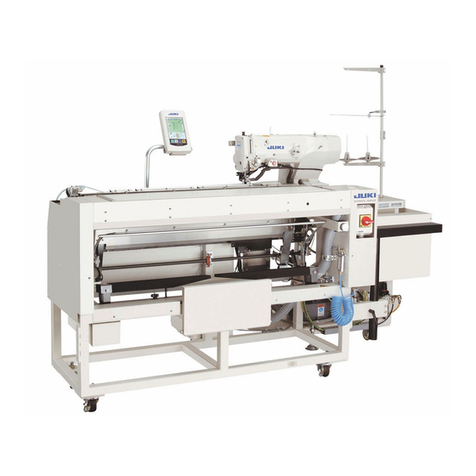
JUKI
JUKI ACF-172-1790 Quick start guide
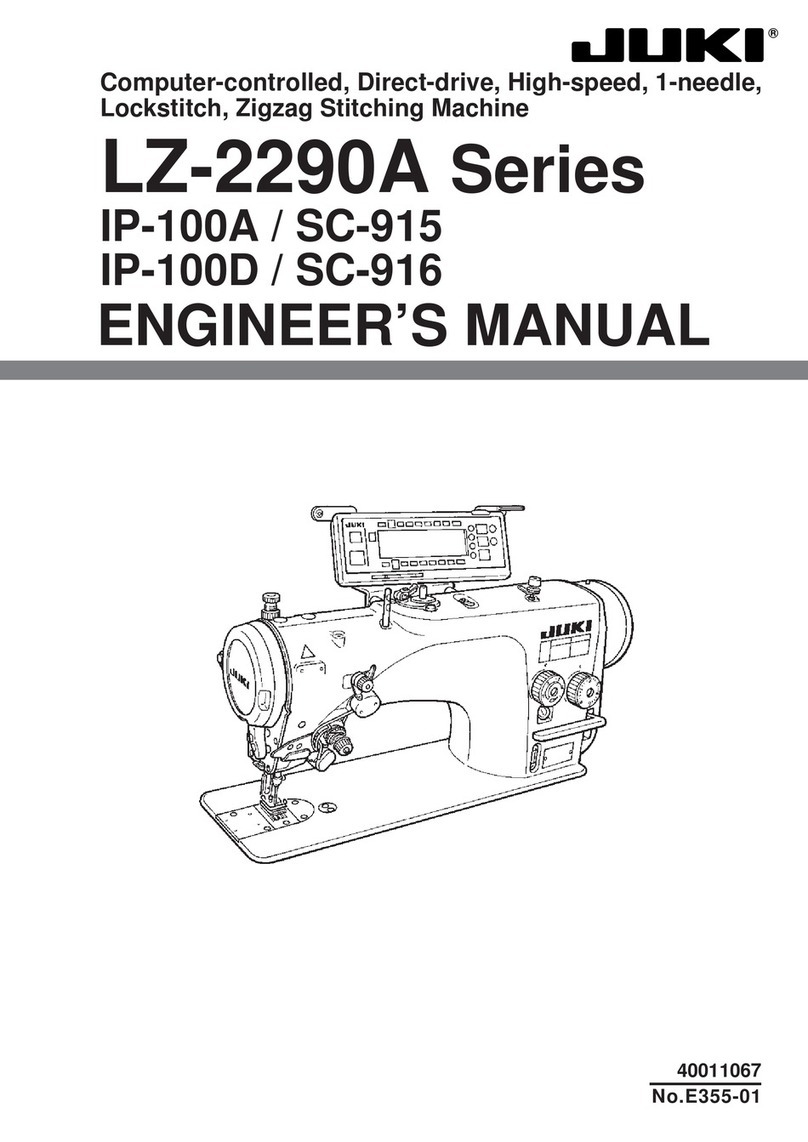
JUKI
JUKI IP-100A Quick start guide
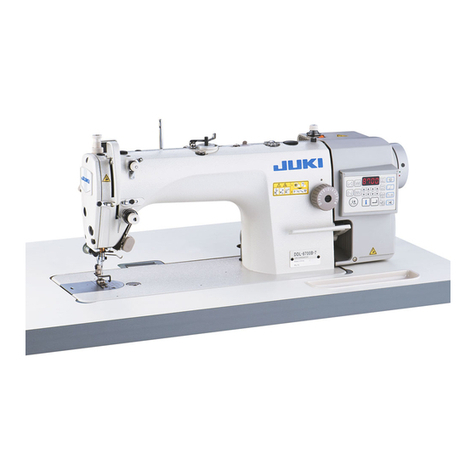
JUKI
JUKI DDL-8700B-7 User manual
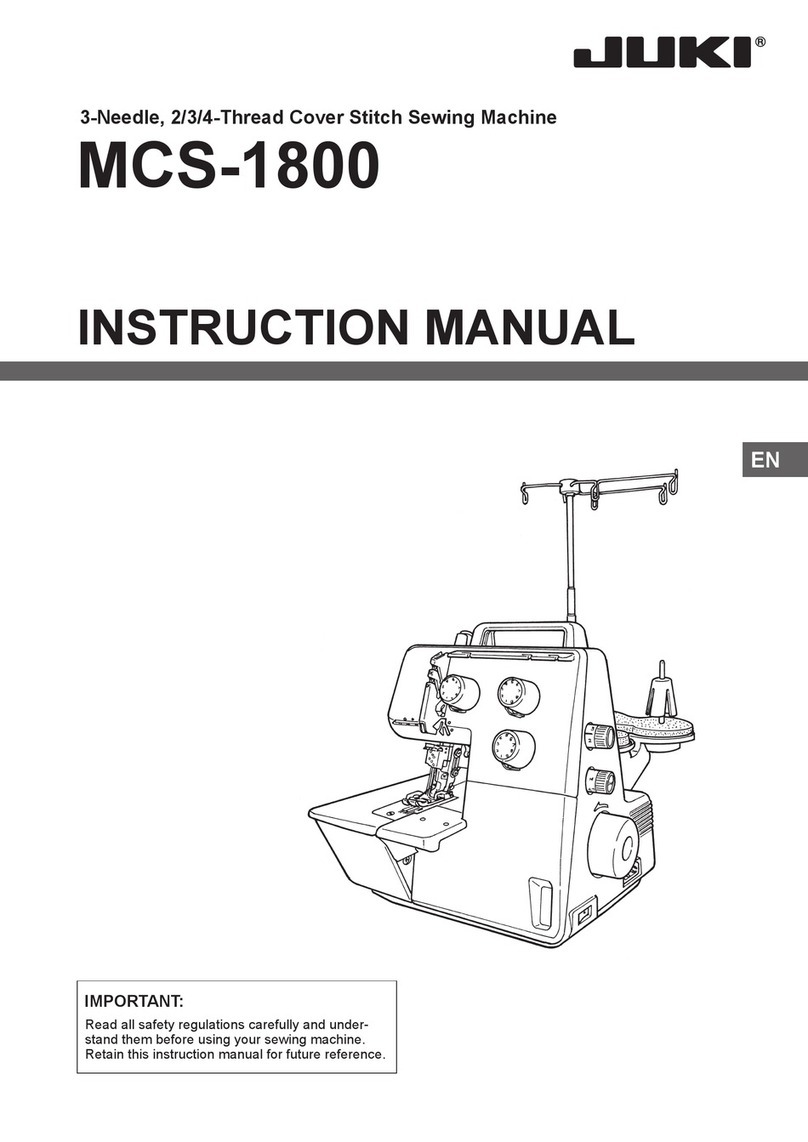
JUKI
JUKI MCS-1800 User manual
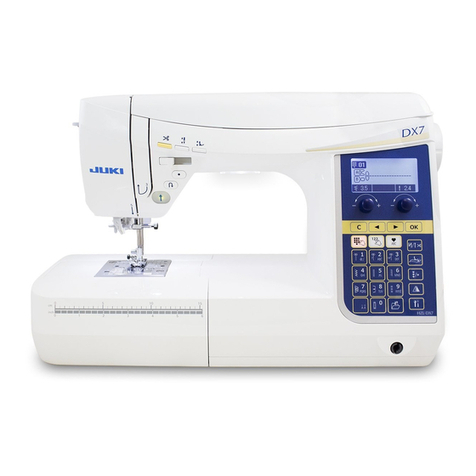
JUKI
JUKI HZL-X Series User manual
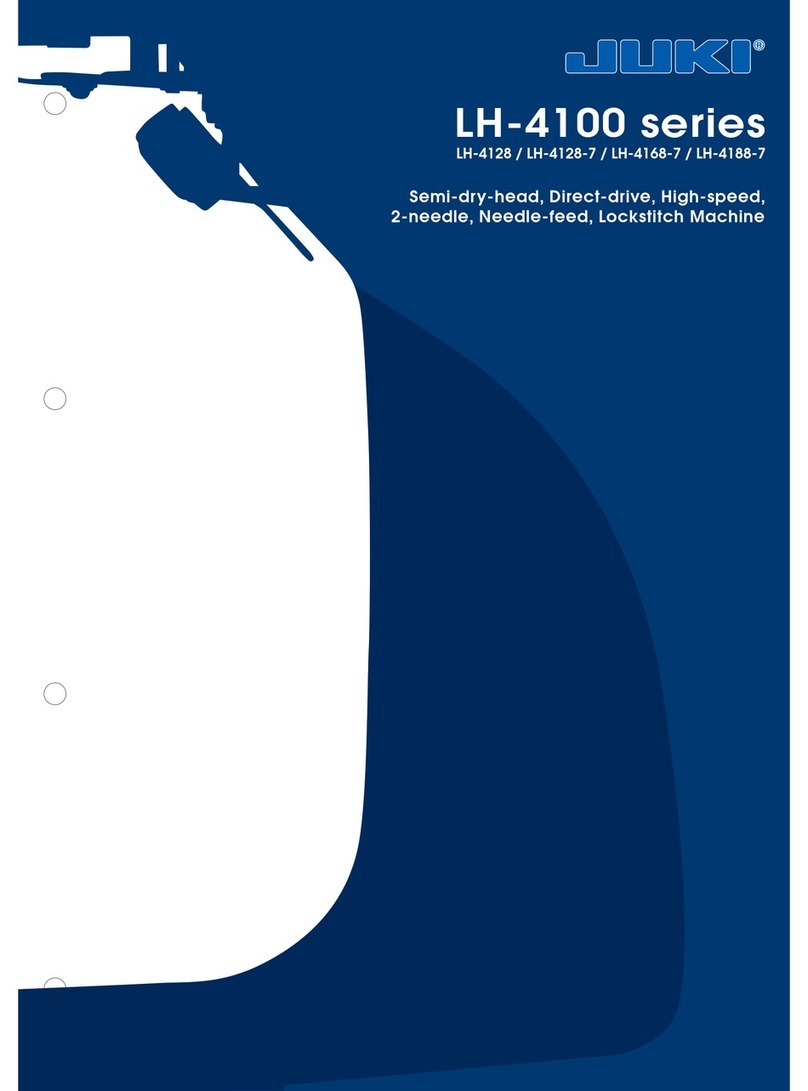
JUKI
JUKI LH-4128 User manual

JUKI
JUKI MB-373 Series User manual
